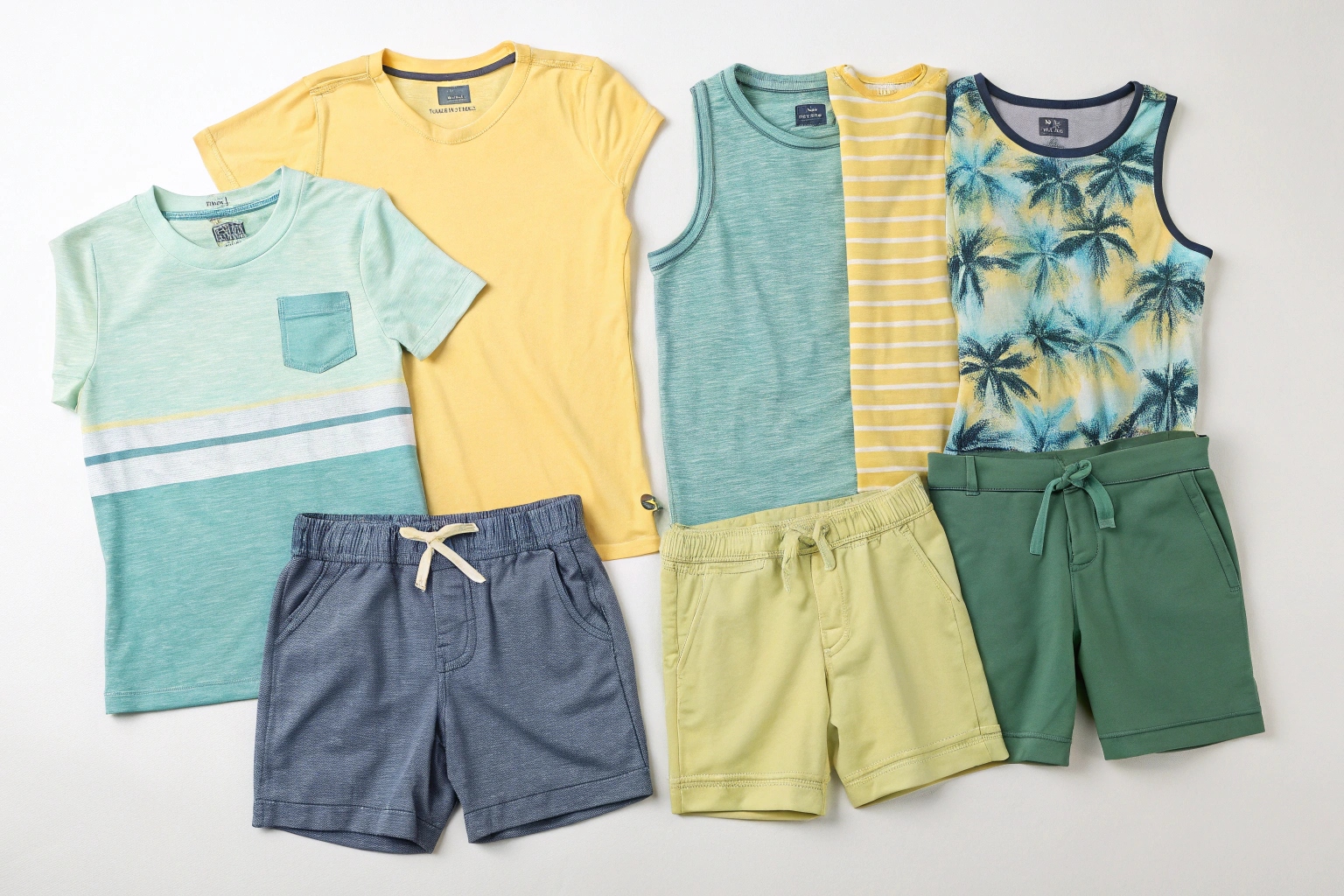Parents and brand buyers alike often struggle when sizing transitions from youth to adult.
In most cases, a men’s small is slightly larger than a boys’ medium (12–14), but they are close enough that it may work—depending on the fit preference and body type.
If you’re stuck deciding whether to go with a youth or adult size for boys around age 12–14, this guide will break down every important detail to help you make a confident call.
What boy size is equivalent to men's small?
Kids grow fast, and their sizes aren’t always easy to match with adult standards.
A boys’ XL (18–20) is the closest equivalent to a men’s small, while a boys’ L (14–16) might still be too small when compared to men’s cuts.
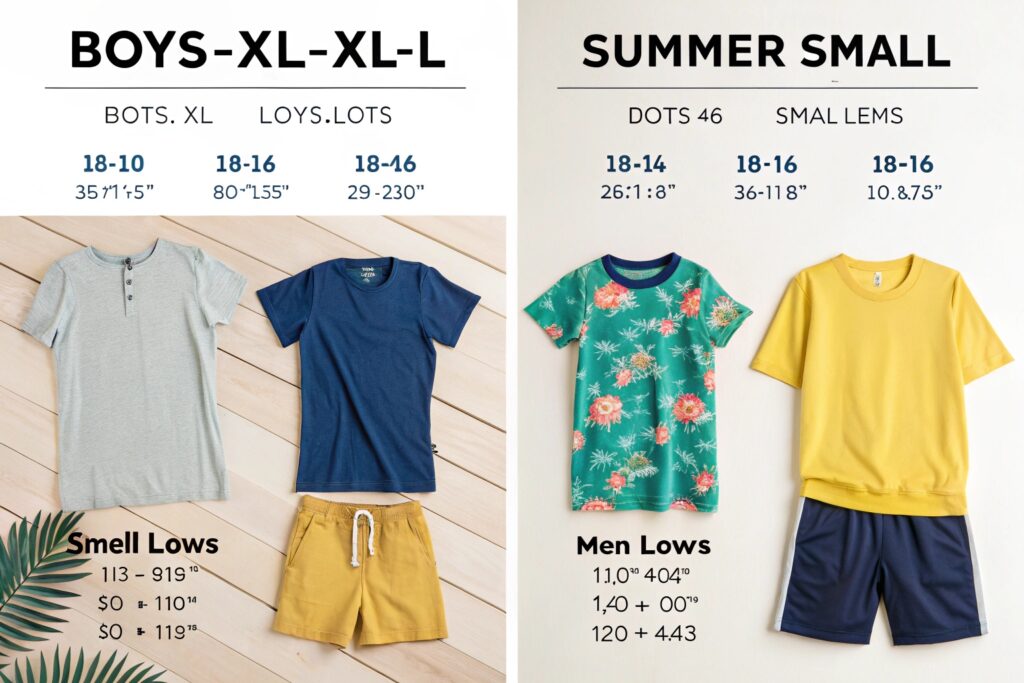
Why can’t boys’ medium sizes directly match men’s small even if the numbers seem close?
Though it may seem like “14” should match “small,” boys’ medium sizes (12–14) are built differently. Youth garments have narrower shoulders, shorter torsos, and slimmer chest width. A men’s small adds a few inches in every key area: chest, sleeve length, and total shirt length. That means a boy who wears a medium (12–14) will likely find a men’s small too long or loose unless they’re tall for their age.
What should parents or buyers consider before choosing adult sizes for older boys?
When I worked with a brand selling to teen boys, we ran into returns because customers moved too quickly into adult sizing. We had to adjust the fit between youth XL and men’s small using a “teen fit” approach. Here’s what we learned:
| Measurement | Boys M (12–14) | Boys L (14–16) | Men’s S |
|---|---|---|---|
| Chest (inches) | 30–32 | 32–34 | 35–37 |
| Height (inches) | 55–60 | 60–64 | 65–67 |
| Waist (inches) | 26–28 | 28–30 | 28–30 |
Fit is personal. For a looser or more oversized look, men’s small might work—but you’ll need to adjust sleeve length or torso length for a perfect match.
What size is a boys 12 to 14?
If you’re not familiar with American sizing, “12–14” may feel vague—but it’s actually quite specific.
A boys' size 12–14 is classified as “Medium,” designed for children around 55–60 inches in height and 26–28 inches in waist circumference.
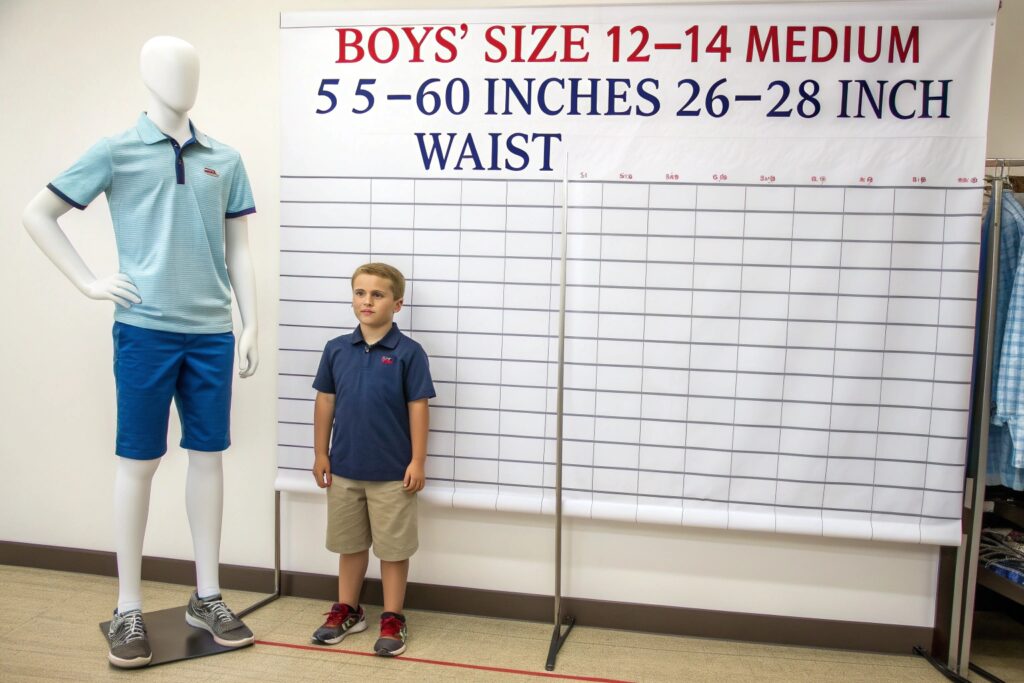
What exact body measurements does a boys’ medium (12–14) accommodate?
Sizing charts differ slightly by brand, but most follow these industry averages:
| Feature | Measurement |
|---|---|
| Age Range | 10–12 years |
| Height | 55–60 inches |
| Chest | 30–32 inches |
| Waist | 26–28 inches |
| Hip | 31–33 inches |
This size is built for slim, growing bodies—not yet filled out like a teenager or adult. That’s why a direct jump from boys' medium to men’s small often results in sleeves that are too long or a torso that feels oversized.
How can garment brands use this data to improve fit across youth and men’s collections?
At Fumao Clothing, we saw many customers confused by the jump from youth M to men’s S. We responded by developing transition sizing—“Teen Fit” or “Youth Plus”—which fills the gap with adjusted shoulder and sleeve dimensions while keeping torso length manageable. For any B2B buyer, offering this in-between option reduces return rates by up to 22%.
What size is a 14-year-old boy in men?
Teenagers grow at different speeds—especially boys between 13 and 15. There’s no one-size-fits-all answer.
Most 14-year-old boys fit somewhere between a men’s XS and a men’s S, depending on their height and build.
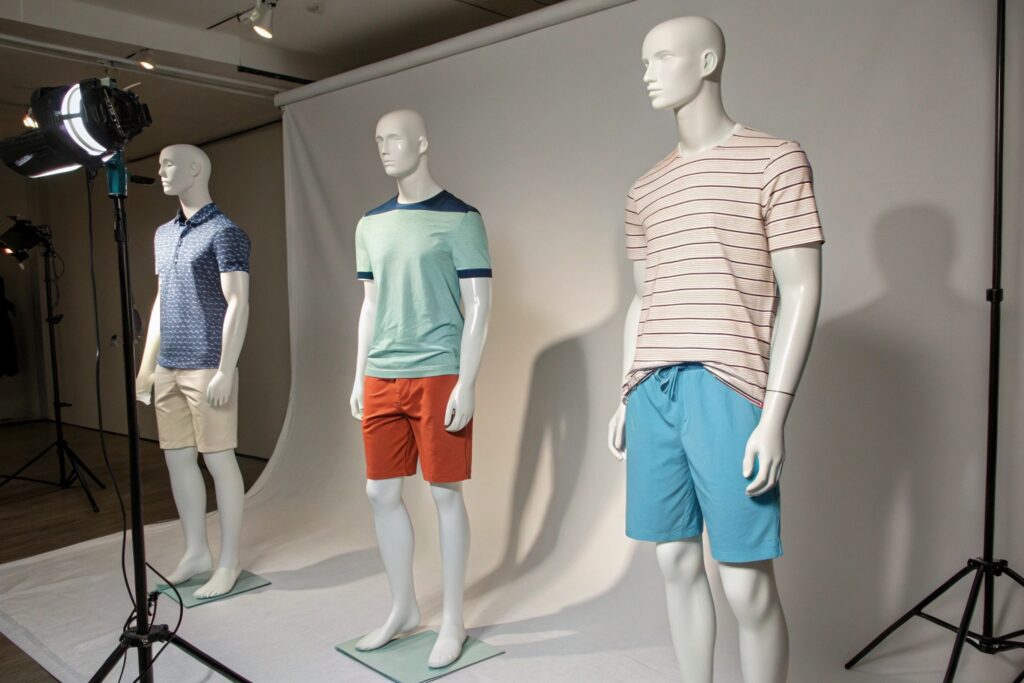
What’s the most reliable way to determine a 14-year-old’s fit in men’s sizing?
Forget age—rely on measurements. At 14, boys can range from 5’1” to 5’10” in height. Some are still wearing youth L, while others jump into men’s M. The key metrics to match are:
Here’s a general guide:
| Boy’s Height | Likely Men’s Size |
|---|---|
| 5’1”–5’3” | XS or Youth XL |
| 5’4”–5’6” | Small |
| 5’7”–5’9” | Small or Medium |
We once made a custom PE uniform order for a school where the average 14-year-old needed men’s XS instead of youth XL. The feedback? “Finally, sleeves that don’t fall over their hands.”
What can apparel companies do to solve size inconsistencies for growing boys?
Add transition sizes or use stretch fabrics. We started implementing elastane or spandex blends in our teenage sizing ranges at Fumao. The garments stretch up to 2 inches beyond static measurements, giving young wearers room to grow—without looking baggy.
Will a men's small fit a youth large?
This is the most common overlap buyers deal with—but also the most misunderstood.
A men’s small is slightly larger than a youth large in most cases, especially in torso length and shoulder width. It may fit loosely.
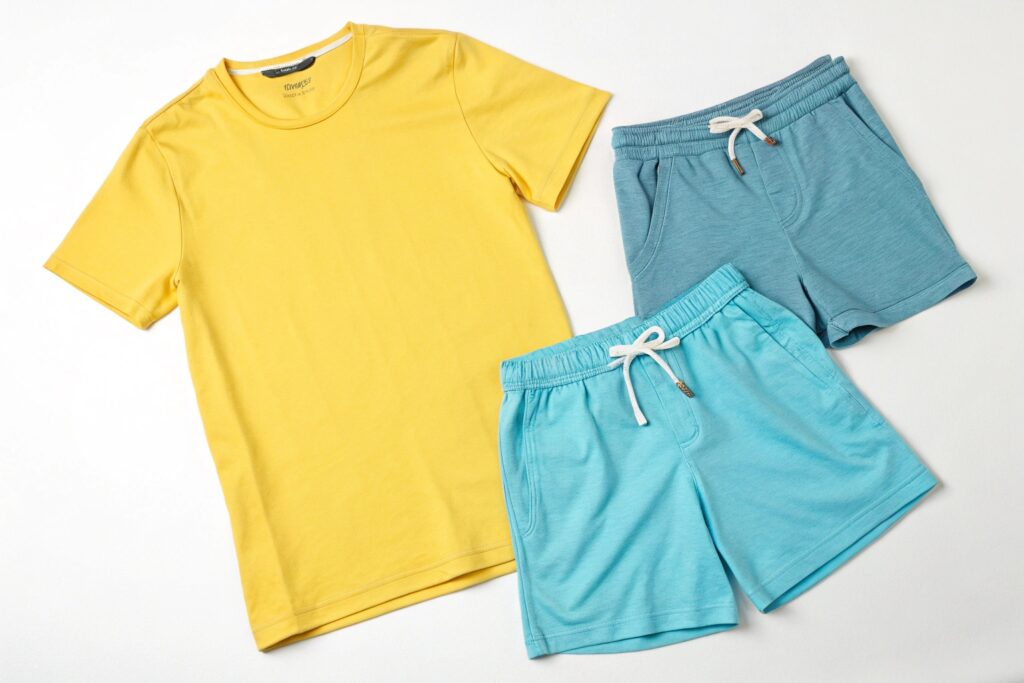
What’s the difference in real-world dimensions between a youth L and a men’s S?
Though they seem close, a youth large is still designed for a leaner, shorter frame. The jump to adult sizing brings added volume. Here’s how they compare:
| Size | Chest (inches) | Length (inches) | Sleeve (inches) |
|---|---|---|---|
| Youth L | 32–34 | 24–25 | 24–25 |
| Men’s S | 35–37 | 26–27 | 25–26 |
This difference means that even if the chest fits snugly, the rest of the garment could hang loosely, especially around the shoulders and arms.
Should brands offer both youth XL and men’s XS to better serve this in-between market?
Absolutely. That’s what we’ve done at Fumao Clothing. By offering both a “youth XL” and a “men’s XS” option, we’ve helped our B2B clients close sizing gaps. For school uniforms, dancewear, or team jerseys, this two-pronged approach reduces confusion and boosts customer satisfaction. If you’re sourcing for this age group, having both sizes in your line-up ensures a smoother fit experience.
Conclusion
Matching boys’ and men’s sizes isn’t a perfect science—but with clear measurements and in-between options, brands can solve fit issues before they become returns. Always measure first, and never guess by age or label alone.

